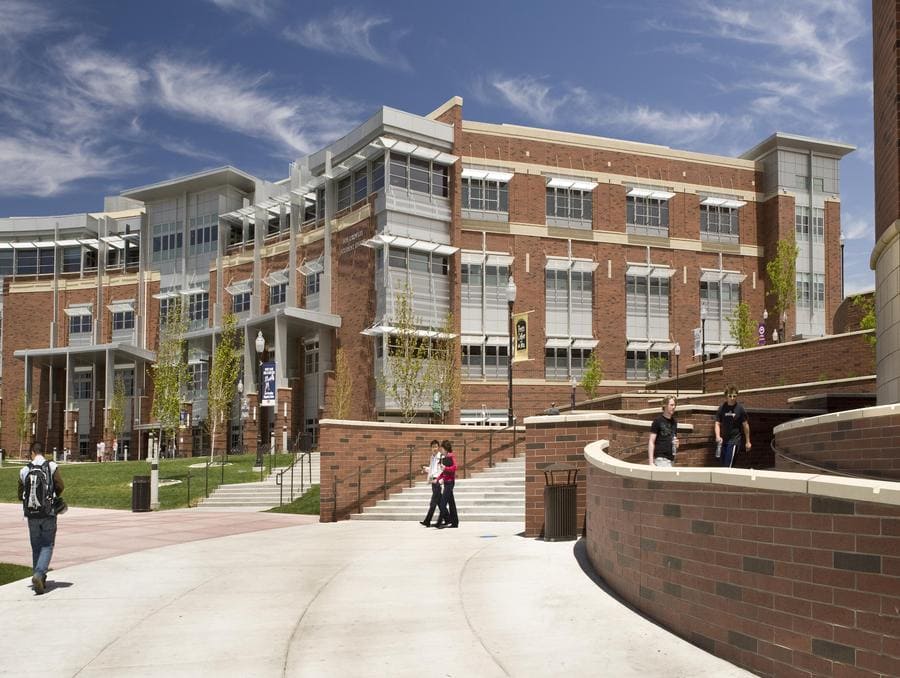Geography student Lea Gifford received the Nevada Undergraduate Research Award in fall 2021 to learn more about the University’s buildings’ and campus’ accessibility features. She worked under the mentorship of Drs. Kerri Jean Ormerod and Scott Kelley, both from the Department of Geography within the College of Science – The Mackay School of Earth Sciences & Engineering. Gifford developed a survey that focused on questions about buildings and building features that students either found accessible or to have accessibility issues. This survey was then distributed to University of Nevada, Reno students who are registered with the Disability Resource Center.
Overall, the survey found that buildings constructed after the Americans with Disabilities Act (ADA) of 1990 were more easily accessible and had more accessible features such as large elevators that were well lit, doors that open automatically, wide and clear hallways, and restrooms that were easy to find and access than buildings on campus that were built prior to the ADA.
Gifford has submitted the full manuscript with her findings for peer review to the Nevada State Undergraduate Research Journal (NSURJ) and is waiting for the results.
In the meantime, Gifford worked with Dr. Joel Scheingross during a Geoscience Diversity, Equity and Inclusion committee meeting to develop the following list of useful tips that faculty, staff and students can implement in order to help make our entire Wolf Pack campus a more welcoming and accessible place for all.
Tips for making campus buildings more accessible:
- Ensure hallways (both in buildings and individual classrooms) are wide and clear of clutter. In cases where items are permanent, look for ways to improve the situation.
- If possible, provide accessible chairs and tables in offices and classrooms. Some classrooms and labs are equipped with stools or high tables that may not be accessible for all individuals. Most, if not all centrally scheduled classrooms have accessible tables and chairs. In department-managed classrooms, University Facilities Services can work with the department to identify accessible classroom furniture solutions.
- Contact the Disability Resource Center if you are interested in offering mobility impaired students the option to attend lectures/lab on Zoom. A student’s home environment is likely set up to be as comfortable for them as possible. The effort and energy for mobility-impaired students to get to a classroom can make it difficult for them to be fully present in class, and allowing students to participate remotely can be a good solution.
- Provide adequate signage and description of accessible routes in your building and course syllabi. Signage for accessible routes can be small and hard to find, creating an extra burden for mobility-impaired individuals as they need to explore multiple paths to find an accessible route.
- For faculty and teaching assistants, make it clear that if a student needs any sort of accommodations, they are welcome to chat with you and that you’re happy to help. This can go a long way to help make individuals feel welcome and included.
“Actions like these can go a long way towards including students with disabilities in Earth Sciences and Engineering,” said Gifford. “Beyond the Mackay School, anyone can apply these tips within their own departments and buildings to help make our campus a more welcoming and socially equitable space.”
















